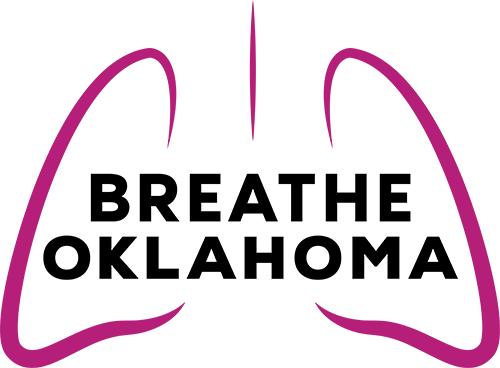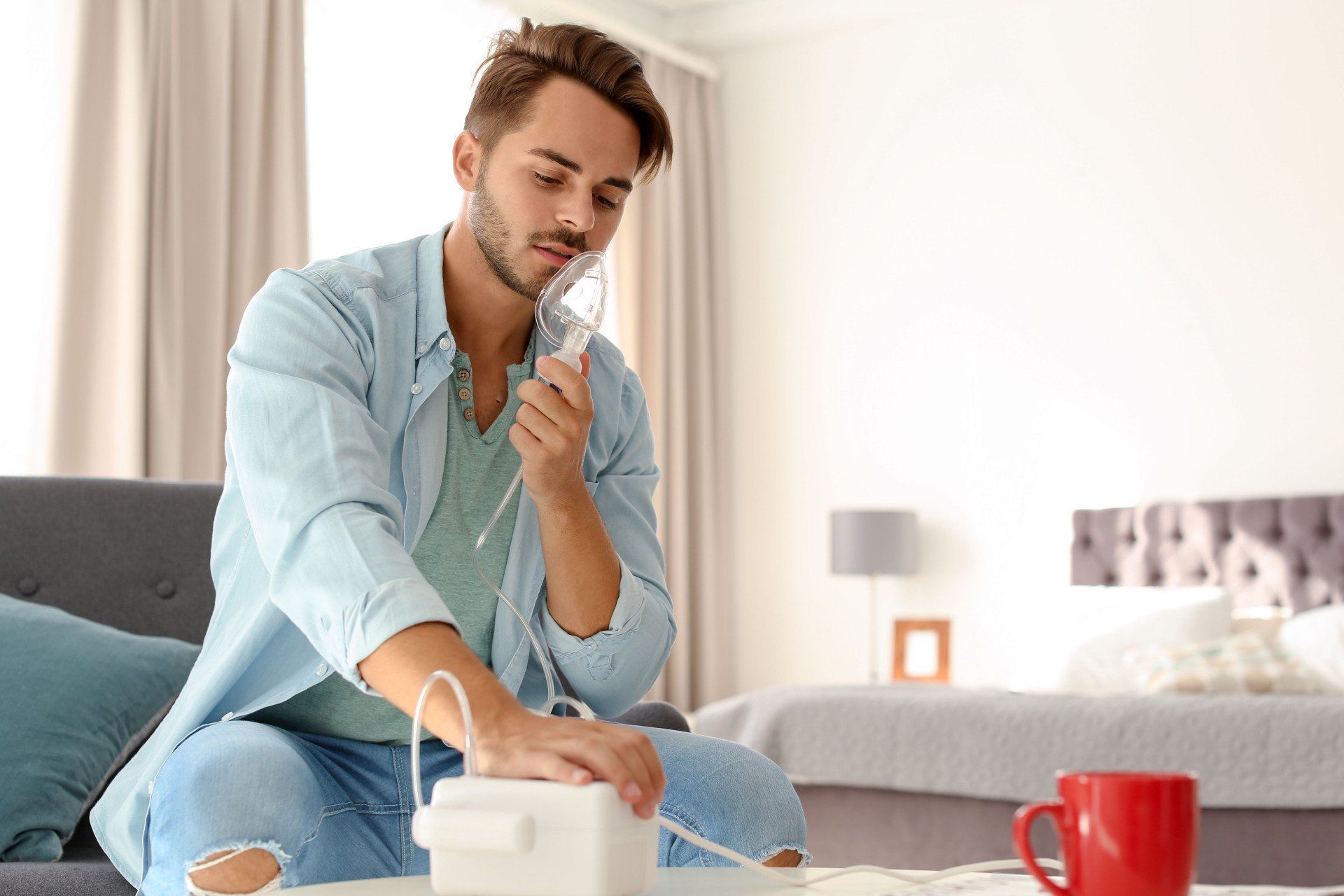How to Manage Chronic Obstructive Pulmonary Disease (COPD)
According to the World Health Organization, chronic obstructive pulmonary disease, or COPD, is the third-leading cause of death in the world. COPD is a preventable and treatable disease that's most often caused by smoking. Individuals with the disease suffer from chronic coughing, difficulty breathing, low oxygen levels, and wheezing, among other symptoms. It's a difficult condition to live with, but if you make the right lifestyle changes, you can live a full life with COPD.
Quit Smoking
As mentioned above, COPD is often a result of smoking tobacco. A vast majority of people understand the health risks and complications associated with smoking, including smokers. However, nicotine is a devilishly addictive chemical that makes quitting seem like a Herculean task. If you have COPD and are still dealing with nicotine addiction, don't panic. It's never too late to quit. According to the Centers for Disease Control, roughly three million people successfully quit in 2018. Talk to your doctor about methods to help you conquer your addiction. Here are a few to consider:
- Nicotine Replacement Therapy
- Counseling
- Group Programs
- Self-Help Materials
Avoid Pulmonary Irritants
Smoking cigarettes, cigars, and vaping are not the only things that can worsen your COPD. Secondhand smoke, air pollution, car exhaust, mold, mildew, chemical fumes, and more can all irritate your COPD and send you into a coughing attack. It's good to avoid irritants completely. If you can't, wearing protective masks can limit your exposure to harmful substances. Allergies can also make your COPD act up, so talk to your doctor about treatment options to avoid the worst of the symptoms during allergy seasons.
Try Breathing Exercises
A common problem associated with COPD is lack of oxygen. Your lungs lose their elasticity and become brittle, making it difficult to get proper oxygen levels flowing throughout your body. Low oxygen levels can lead to fatigue, dizziness, and even fainting. Breathing exercises can help you when you feel you aren't getting enough oxygen. There are two main exercises you can do regularly to get the oxygen you need:
- Pursed-Lip Breathing - In this exercise, you start by inhaling sharply through your nose for two seconds. Hold your breath for a second as you purse your lips and then exhale like you are blowing out candles. Elongate the exhalation for five seconds. The exercise will help slow your breathing, increase oxygen levels, and lower anxiety.
- Diaphragmatic Breathing - This exercise is similar to pursed-lip breathing. Put one hand on your abs/belly, and the other on your chest (right on your heart). Inhale deeply through your nose, making sure you expand your entire abdomen. Exhale slowly through pursed lips. Repeat as needed (you can start with sets of five or 10 repetitions).
Start an Exercise Routine
Physical exercise will help your lungs and your overall health, as exercise can improve your sleep and help with weight loss. Many studies also show a positive correlation between exercise and a better mood, in general. Try stretching while you are doing your diaphragmatic breathing. After you are stretched out, you can pursue aerobic and resistance exercises. You don't need to train like a bodybuilder or triathlete, either. Start with 30-minute walks or other low-impact activities like swimming or riding a bike. Purchase exercise bands to use at home, or look into isometric exercises you can do while you are sitting at your desk at work. It's important to discuss your exercise plans with a doctor, so they can advise you on the right course of action.
Adhere to Your Treatment Plan
Most patients with COPD will have medications prescribed by their doctors. It's important to take your medicines exactly as prescribed to successfully treat the symptoms caused by COPD. It can be difficult to remember to take your prescriptions regularly, especially if you have not needed to take medicine consistently before. Follow these tips to make sure you stay on top of your treatment plan:
- Take your medications at the same time you do another routine task, like brushing your teeth. It will make it easier to remember and your brain will quickly catch on to the addendum to your regular routine.
- Keep reminders on your phone. Most phones have built-in apps that you can schedule to notify you at the same time every day to take your medication (or however frequently is prescribed by your doctor). Set it, then forget it (until, of course, the notification goes off).
- Get a pillbox to keep your prescriptions organized and divided into the days you need to take them. Pillboxes are an inexpensive investment that can make a big difference!
Make sure you also tell your doctor about any unpleasant side effects you're experiencing from the medicine. They can work with you to find the right dose or change the medication you are on entirely. It's a team effort, so communicate with your doctor when you are having a tough time.
If you are looking for a caring medical team to help you treat COPD, contact Breathe Oklahoma. Our medical providers are experts in treating breathing disorders like COPD, asthma, sleep apnea, and other pulmonary issues. You don't need to struggle on your own. We're here to help you treat your breathing disorder and get back on your feet.




Share On: